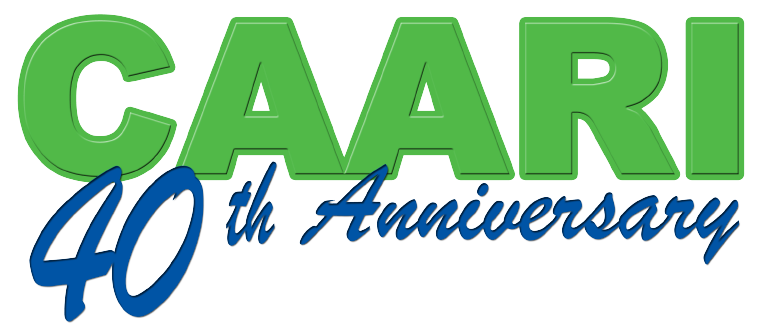.JPG) There are days that we take a ‘break’ from our community service and spend the day touring the country- so many place to see that tourists don’t usually visit!
There are days that we take a ‘break’ from our community service and spend the day touring the country- so many place to see that tourists don’t usually visit!
.JPG) Today, we went south – to the Negev and visited the communities located near the Gaza border, who bore much of the burden of the summer conflict. It was a ‘glorious’ day – sun shining and the temperatures were just right! The planted wheat fields were green and about 12 inches high – benefiting from the recent rains. The red and yellow wild flowers were lovely to see along the highway and open spaces. It looked like spring had arrived in the Negev!
Today, we went south – to the Negev and visited the communities located near the Gaza border, who bore much of the burden of the summer conflict. It was a ‘glorious’ day – sun shining and the temperatures were just right! The planted wheat fields were green and about 12 inches high – benefiting from the recent rains. The red and yellow wild flowers were lovely to see along the highway and open spaces. It looked like spring had arrived in the Negev!
Ben Gurion would be proud to see the ‘desert blooming’ in so many ways!
.JPG)
Our first stop was the Research and Development Center at Sde Nitzan. We were greeted byone of the employees, Leana, who welcomed us the some samples of the Center – cherry tomatoes and sweet strawberries! She described the research that this being done to help the farmers produce better crops for market. We visited the hot house for zucchini, strawberries, and the beautiful, colorful peonies and wild irises.
View by Marcia Bercov
“The CAARI group went south to the Negev for a day of touring. This area in the south of the country receives a minimal amount of rainfall each year, making it a true desert environment, in contrast to the fertile coastal plain and northern part of the country.
David Ben Gurion, first Prime Minister of Israel, said that the future of the country lies in the Negev. Hard to picture the desolate landscape being used for much of anything.
Over the years, with the large population growth in and around Tel Aviv, much of the land used for farming was lost to housing. Orange groves disappeared.
Well, it’s hard to imagine growing anything in a place with no water and no soil, just sand. But in the Negev Desert at Sde Nitzan that’s what’s happening. This is the location of one of the Jewish National Fund’s Research and Development Stations. Researchers experiment with different growing conditions for various crops in order to help local farmers. All of this information is made available at no cost to anyone in Israel or any other place. Water for agriculture comes from treated waste water, purified in water treatment plants. About 80% of the country’s water is recycled, an amazing figure.
Getting back to the strawberries and tomatoes, when the CAARI group arrived at Sde Nitzan the table was set with bowls of freshly picked strawberries and baskets of different varieties of cherry tomatoes. All delicious!
Then our guide Leanna, originally from South Africa, took us on a tour of some of the greenhouses or net houses. She showed us the first one, filled with everyone’s favourite summer vegetable zucchini. As always, the researchers found a better way to grow them.”
See Part 2 for the rest of our day!
.JPG) |
| new way to grow strawberries! Much easier to pick! |
There are days that we take a ‘break’ from our community service and spend the day touring the country- so many place to see that tourists don’t usually visit!
Today, we went south – to the Negev and visited the communities located near the Gaza border, who bore much of the burden of the summer conflict. It was a ‘glorious’ day – sun shining and the temperatures were just right! The planted wheat fields were green and about 12 inches high – benefiting from the recent rains. The red and yellow wild flowers were lovely to see along the highway and open spaces. It looked like spring had arrived in the Negev!
